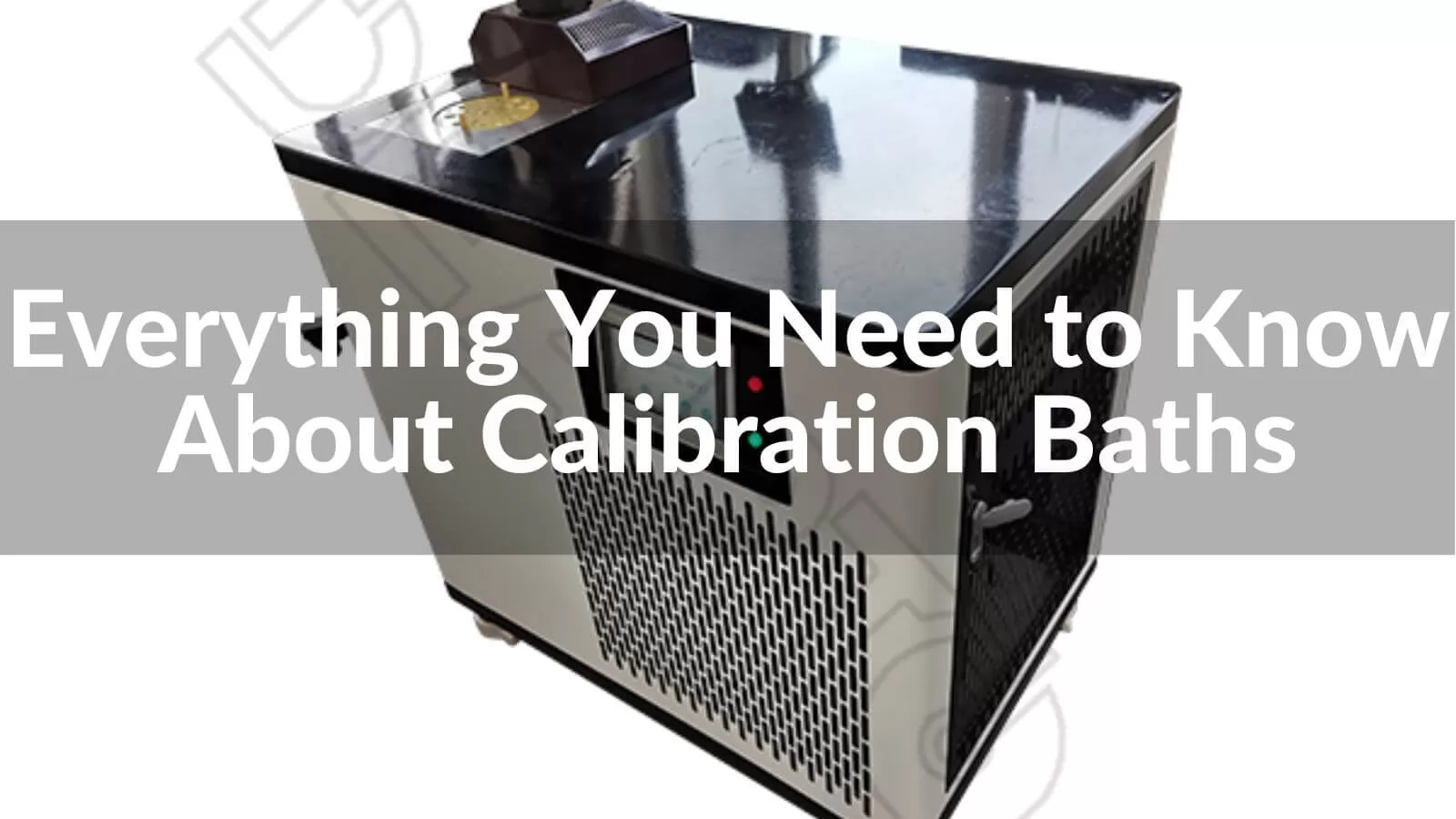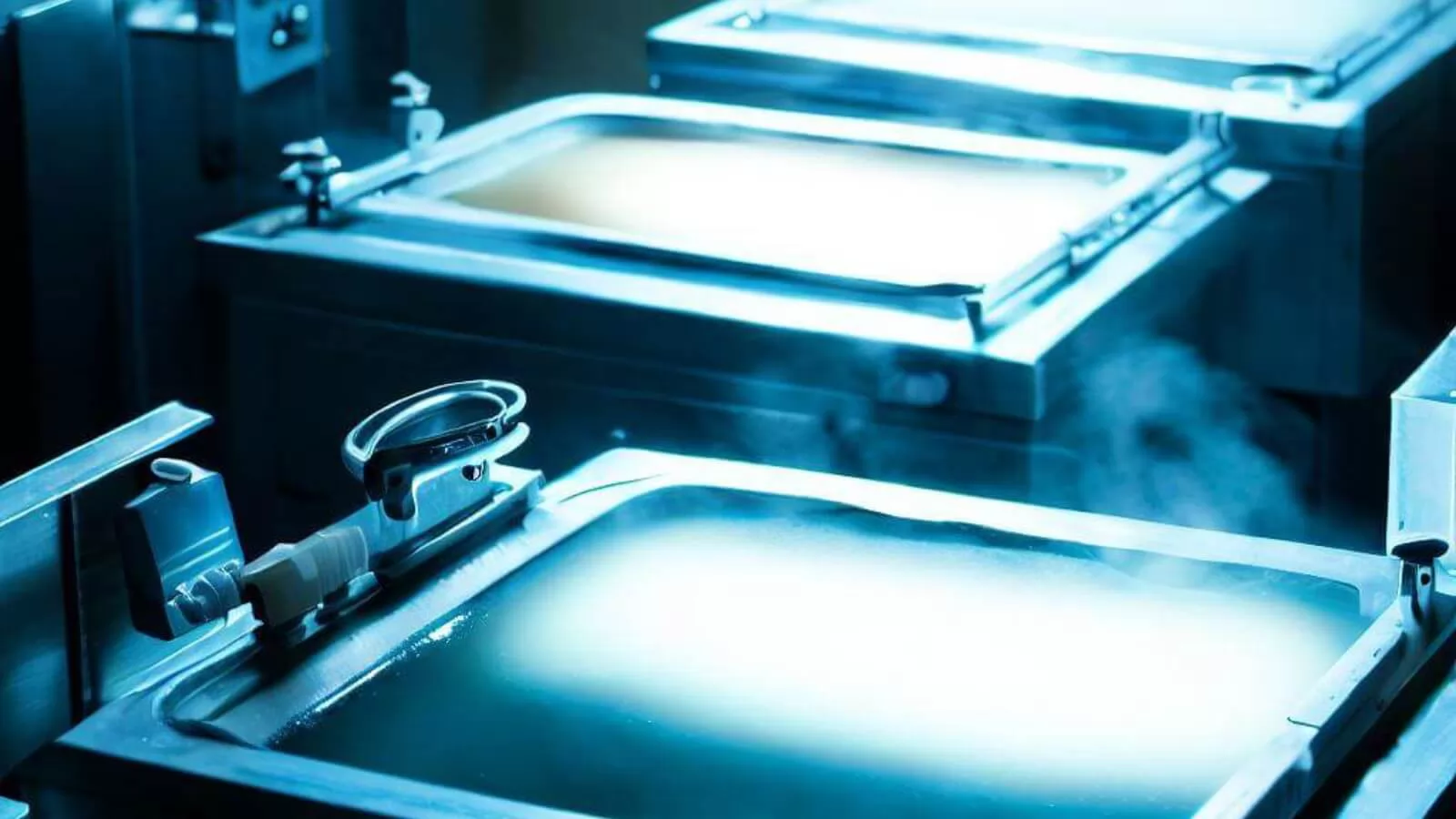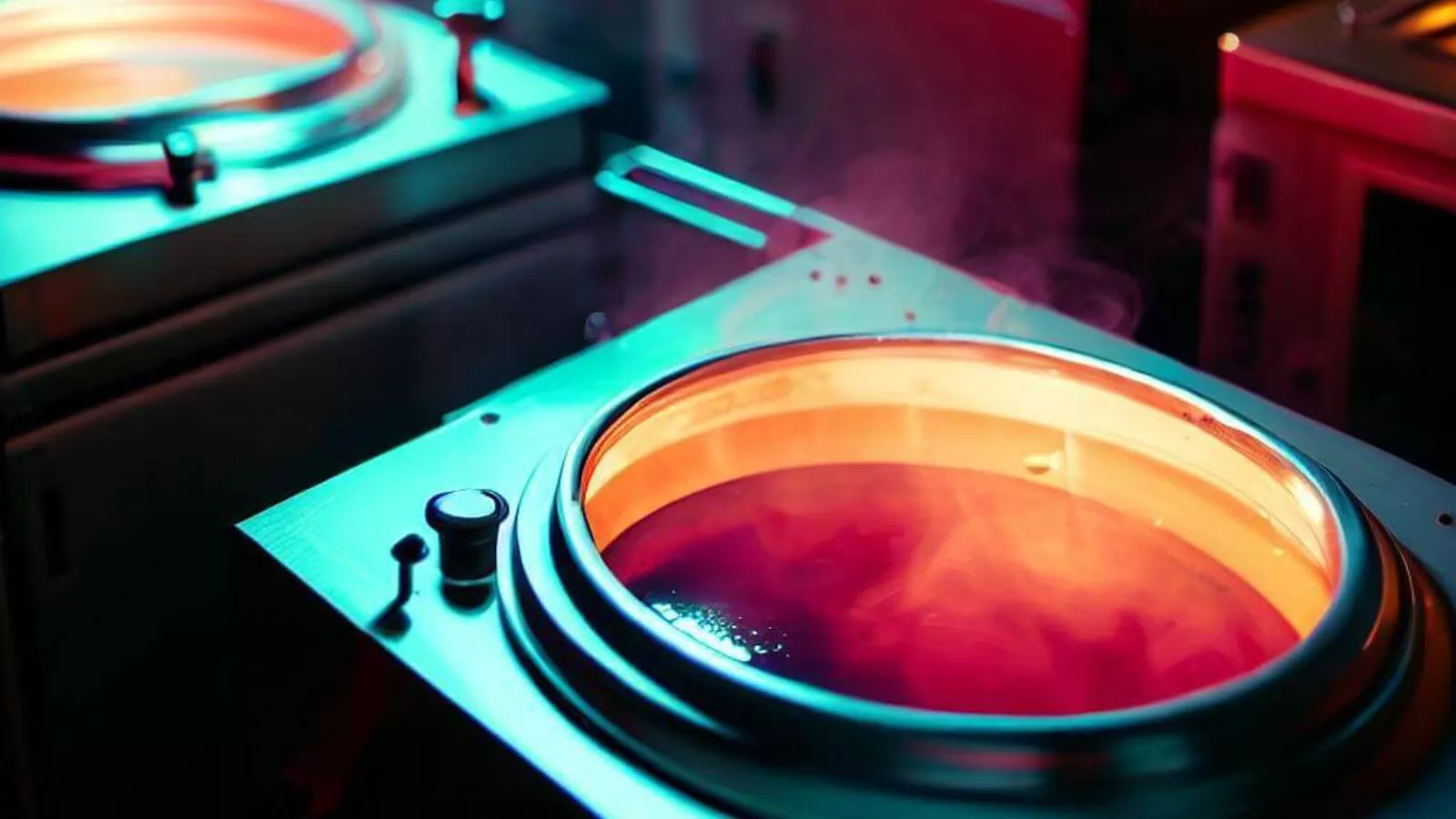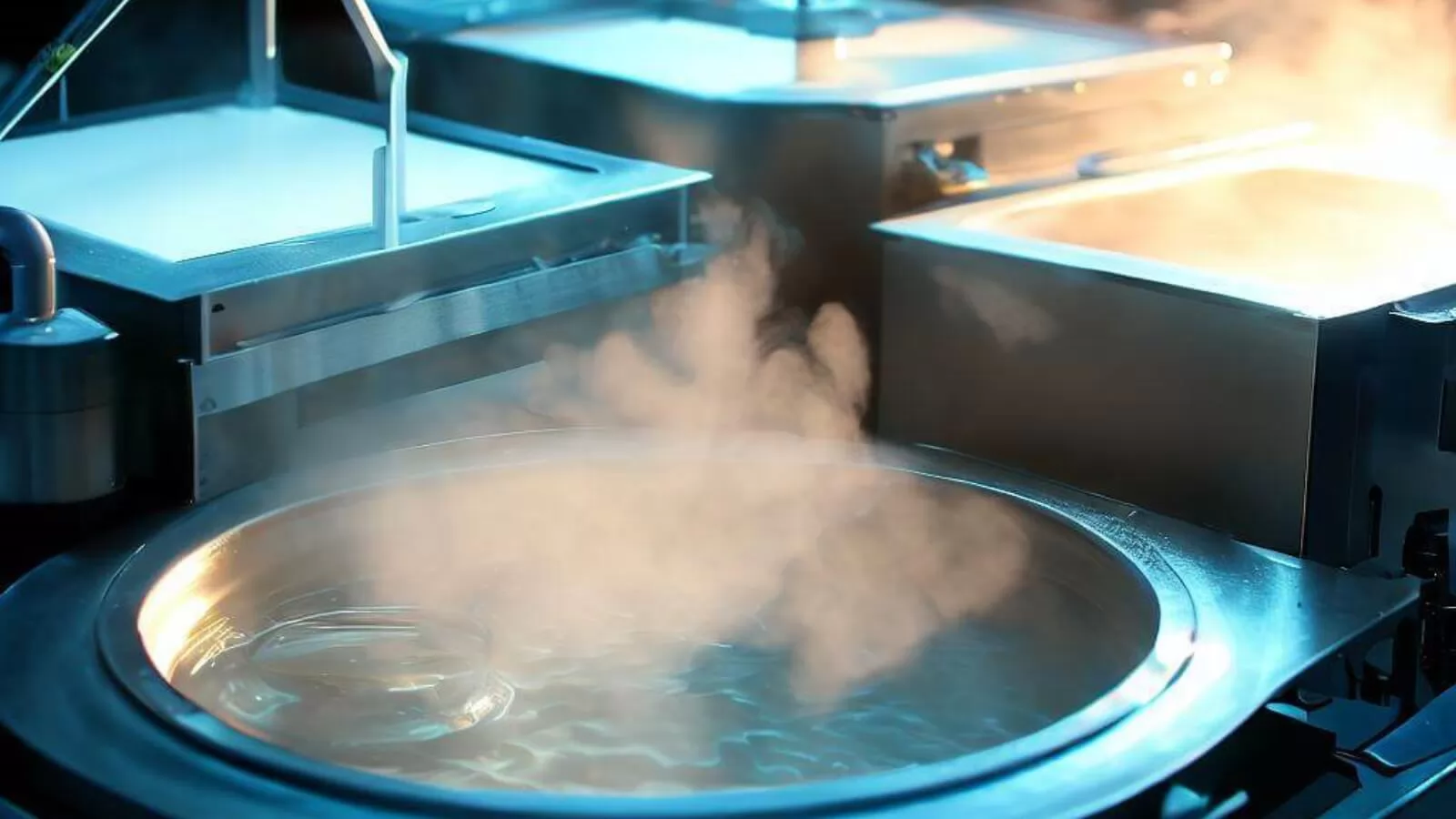 Calibration baths are an essential tool in the field of industrial metrology for temperature calibration. They are used to calibrate thermometers, temperature sensors, and other temperature measuring devices. In this article, we will explore everything you need to know about calibration baths.
Calibration baths are an essential tool in the field of industrial metrology for temperature calibration. They are used to calibrate thermometers, temperature sensors, and other temperature measuring devices. In this article, we will explore everything you need to know about calibration baths.
1. Introdcution

➣ Definition of Calibration Baths
➣ Importance of Calibration Baths
➣ Brief History of Calibration Baths
2. How Calibration Baths Work

➣ Overview of Calibration Baths
Calibration baths work by providing a stable and precise temperature environment for temperature sensors and other temperature measuring devices. The bath is typically filled with a liquid such as water, oil, or a specialized fluid, depending on the temperature range required.
➣ Components of Calibration Baths
A typical calibration bath consists of a vessel, a heating system, a temperature control system, and a circulating system. The vessel is usually made of stainless steel or another corrosion-resistant material. The heating system can be electric, gas, or steam-powered, and it is used to heat the liquid in the bath. The temperature control system regulates the temperature of the liquid to ensure that it remains stable and accurate. The circulating system ensures uniformity of temperature throughout the bath.
➣ Heating and Cooling Techniques
Calibration baths use various heating and cooling techniques to achieve precise temperature control. Some of the most common heating techniques include resistive heating, induction heating, and radiant heating. Cooling techniques may include refrigeration, immersion cooling, or the use of heat exchangers. These techniques allow the bath to achieve and maintain the desired temperature range with high accuracy.
3. Calibration Procedures

➣ Overview of Calibration Procedures
Calibration procedures are a series of steps used to calibrate temperature measuring devices. They ensure that the measuring device is accurate and reliable and that the measurements are traceable to a national or international standard. Calibration procedures vary depending on the type of device being calibrated and the required accuracy.
➣ Types of Calibration Procedures
There are different types of calibration procedures, including comparison calibration, direct calibration, and transfer calibration. Comparison calibration involves comparing the device being calibrated to a reference standard with known accuracy. Direct calibration involves measuring the output of the device being calibrated directly using a calibrated device. Transfer calibration involves calibrating an intermediate device, such as a probe, and then using it to calibrate the device being calibrated.
➣ Calibration Standards and Traceability
Calibration standards are used to calibrate temperature measuring devices and ensure their accuracy. Traceability refers to the ability to trace a measurement back to a national or international standard. Calibration standards are typically maintained and traceable to national or international standards, such as NIST (the National Institute of Standards and Technology) in the United States or NPL (the National Physical Laboratory) in the United Kingdom.
➣ Temperature Measurement and Control
Temperature measurement and control are critical components of calibration procedures. Temperature sensors, such as thermocouples, RTDs (resistance temperature detectors), and thermistors, are used to measure the temperature of the calibration bath. Temperature control systems ensure that the bath's temperature remains stable and accurate throughout the calibration procedure.
➣ Calibration Uncertainty
Calibration uncertainty refers to the degree of confidence that a calibration result is accurate. It is affected by various factors, such as the accuracy of the calibration standard, the stability of the calibration environment, and the skill and experience of the operator. Calibration uncertainty is typically expressed as an uncertainty budget, which includes all the factors that contribute to the uncertainty of the calibration result.
4. Calibration Frequency
➣ Overview of Calibration Frequency
➣ Factors Affecting Calibration Frequency
➣ Recommended Calibration Intervals
5. Differences Between Bath and Dry Block Calibration
➣ Overview of Bath and Dry Block Calibration
➣ Advantages and Disadvantages of Bath and Dry Block Calibration
➣ Selecting the Right Calibration Method
6. Types of Calibration Baths
➣ Overview of Different Types of Calibration Baths
There are several types of calibration baths, including liquid baths, dry block baths, black body calibration sources, and stirred liquid baths. Each type has its own advantages and disadvantages, and the selection of the right type depends on several factors, such as the accuracy required, the temperature range, and the application.
➣ Liquid Baths
Liquid baths use a liquid medium, such as water, oil, or molten salt, to control the temperature. They offer good temperature stability and can be used to calibrate a wide range of temperature sensors.
➣ Dry Block Baths
Dry-block baths use a metal block to control the temperature. They offer fast heating and cooling times and can be used to calibrate a wide range of temperature sensors. However, they may not provide as stable a temperature as liquid baths.
➣ Black Body Calibration Sources
Black body calibration sources are used to calibrate infrared temperature sensors. They emit a known level of radiation at a specific temperature, allowing the infrared sensor to be calibrated.
➣ Stirred Liquid Baths
Stirred liquid baths use a liquid medium and a stirring mechanism to provide better temperature uniformity. They are often used for calibrating temperature sensors with a small diameter.
7. Calibration Services
➣ Overview of Calibration Services
Calibration services are available from third-party providers or equipment manufacturers. These services offer traceable calibration using calibrated equipment and standards.
➣ Benefits of Calibration Services
Calibration services offer several benefits, such as improved accuracy and reliability, reduced downtime, and compliance with industry regulations. They can also help identify potential issues with the equipment and provide recommendations for maintenance or replacement.
Conclusion
Calibration baths are an essential component of temperature calibration procedures. They use temperature-controlled baths to calibrate temperature sensors and ensure their accuracy and reliability. Calibration procedures are necessary to maintain the accuracy of temperature measuring devices and ensure traceability to national or international standards. The selection of the right calibration method and bath depends on several factors, such as the accuracy required, the type of device being calibrated, and the environmental conditions in which it is used.



